In This Issue
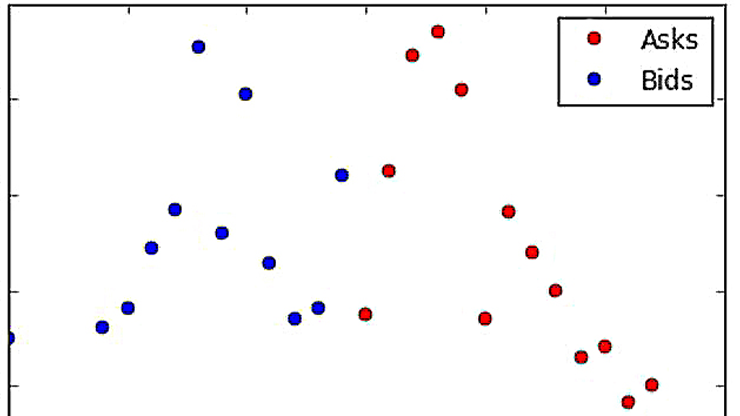
Justin Sirignano applies deep learning to finance, such as trading stocks, best ask and bid prices, and loan risk.
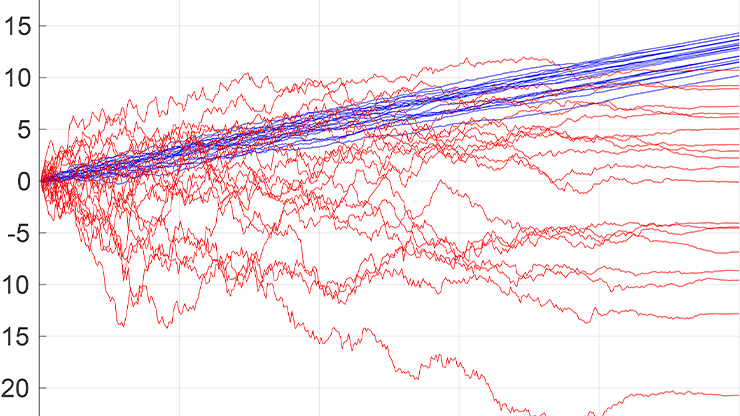
One can increase the flexibility of power systems in two possible ways: acting on the generation side, or acting on the demand side.

SIAM President Nick Higham explores SIAM's Prize Program and explains the significance of prize nominations.
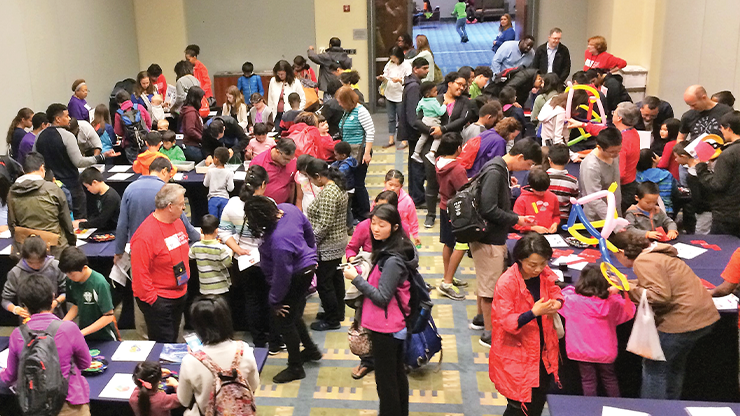
The National Mathematics Festival brought education, entertainment, math, and science to Washington, D.C.

Al Kovacs responds to Michael Elad’s article, “Deep, Deep Trouble,” in the May issue of SIAM News.
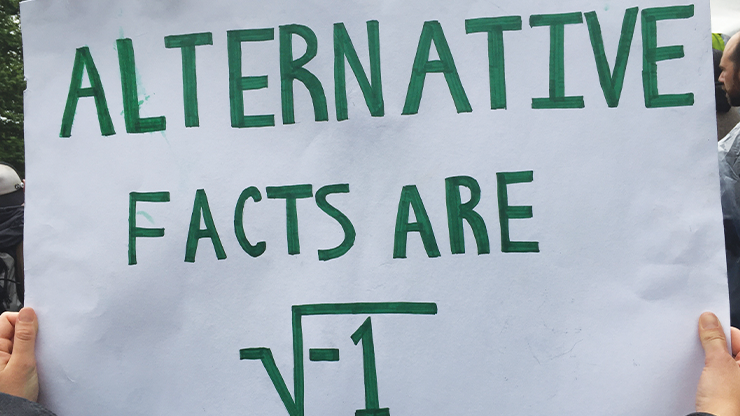
On April 22, thousands of scientists gathered in Washington, D.C., and transformed Earth Day into a tribute to science.
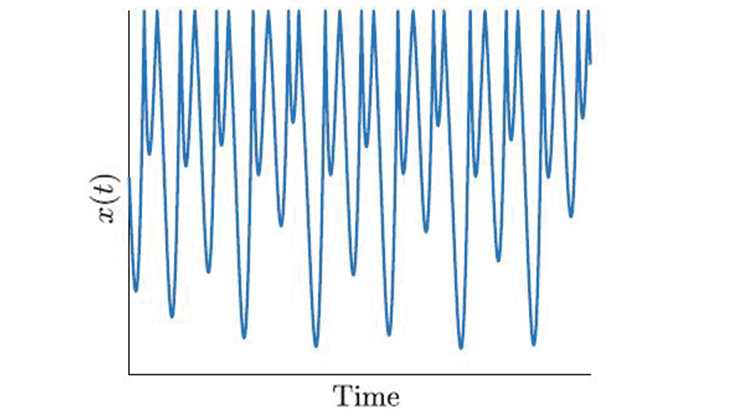
Large-scale models of the human brain consist of millions of individual neurons coupled into large-scale networks.

SIAM promotes the value of applied mathematics research and ensures its application in solving real-world problems.

On Earth Day, April 22, Washington, D.C. saw multiple events in support of math and science.
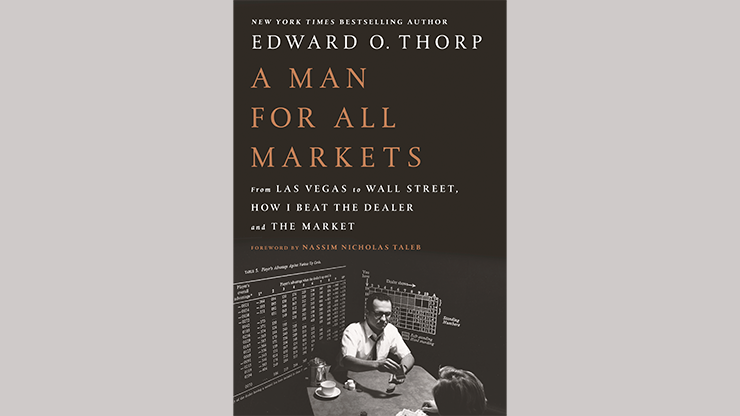
James Case reviews "A Man for All Markets: From Las Vegas to Wall Street, How I Beat the Dealer and the Market."
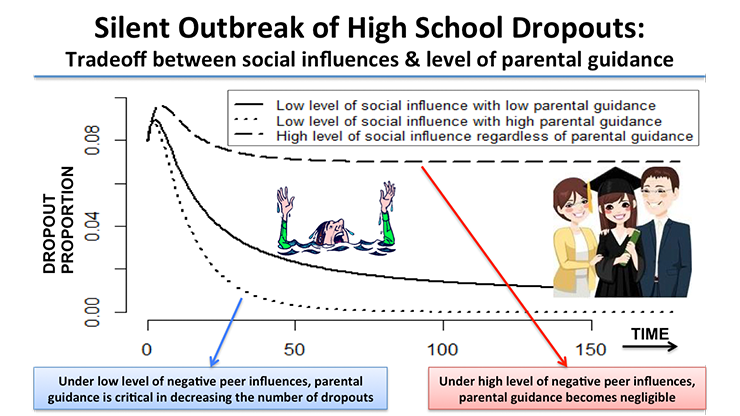
Anuj Mubayi describes a data-driven dynamic model to study the influence of student environment on high school dropout patterns.

Hans Kaper discusses the field of deep uncertainty, which plays an important role in the development of policy and business strategy.
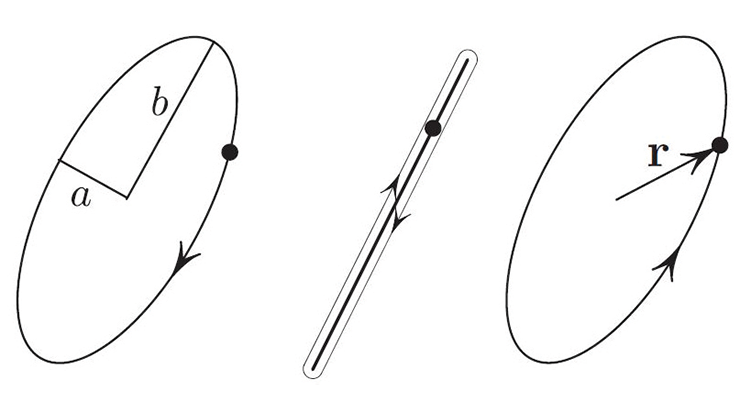
Mark Levi explains why it is well known that small-amplitude trajectories of a pendulum are approximately ellipses.
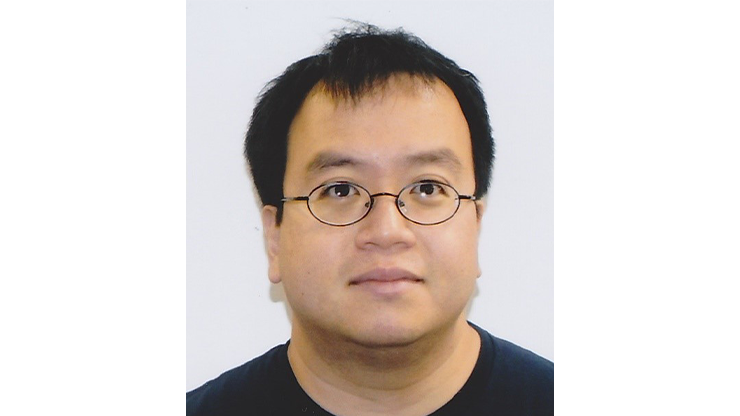
Lek-Heng Lim has been awarded the James H. Wilkinson Prize in Numerical Analysis and Scientific Computing.
Stay Up-to-Date with Email Alerts
Sign up for our monthly newsletter and emails about other topics of your choosing.


